Information on Dystonia
Dystonia is a certain type of neurological movement disorder. It can easily be characterized by involuntary muscle contractions which affect certain parts of the body and often involve abnormal and painful postures and movements. It may affect virtually any part of the body, but the most commonly affected parts of the body include vocal cords, face, eyelids, neck, trunk, legs, and arms.
Dystonia is not a life-threatening medical condition, but it is chronic, and it is difficult to predict its course and development. It is actually among the most common types of movement disorders and may affect people from all ethnic groups and races.
Age of Onset
Dystonia may occur in childhood, adolescence, or adulthood, so it actually affects people from all different age groups. Dystonia which affects children is in most cases considered as an inherited defect. Age of onset is the factor that is commonly used to determine the chance for further progression of the medical condition.
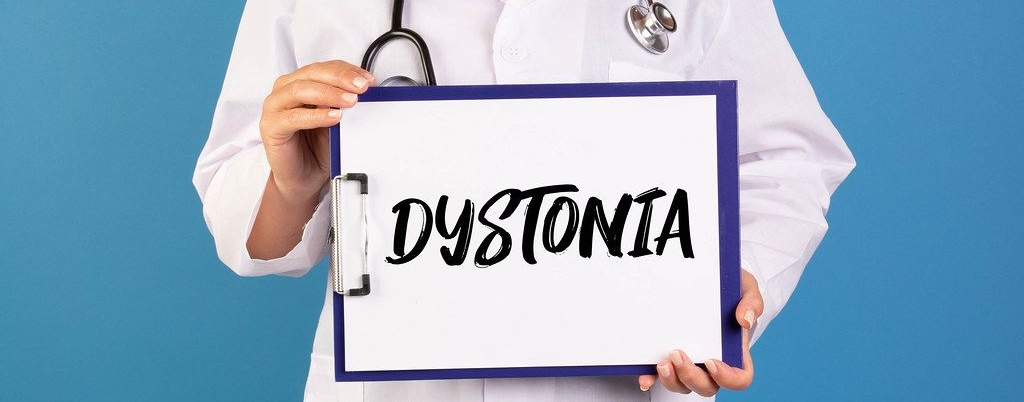
Body Distribution of Symptoms
As mentioned earlier, dystonia may affect all different parts of the body. Hemidystonia is the term used for dystonia which affects either the right side or the left side of the body. Generalized dystonia is a term used for the medical condition which affects several body areas on both sides of the body.
Multifocal dystonia is the term used for the condition which affects two or even more different areas of the body which are not adjacent. Segmental dystonia is the term used for a certain type of this medical condition which is known for affecting at least two areas of the body which are adjacent. Focal dystonia is the most common type of dystonia, and it is known for affecting only one area of the body.
Causes
The different causes of dystonia divide this medical condition into two distinct categories, and those are primary dystonia and secondary dystonia. Primary dystonia is a type of condition that is not associated with any other underlying medical condition. This category can be further divided into hereditary and sporadic forms of dystonia.
Secondary dystonia may sometimes be symptomatic and it can be associated with causes such as stroke, toxins, trauma, or birth injury.
Other information
There is another fact worth mentioning. Dystonia may sometimes cause certain breathing difficulties in some cases. This occurs when the condition affects the vocal cords of the patient.
- We review 13 dystonic patients with various respiratory complaints and describe their symptoms and response to treatment, including botulinum toxin (BoNT) injections.
- Gasping, stridor, interrupted flow of speech, paradoxical breathing, dyspnea on exertion, and other respiratory symptoms reported by patients suggest involvement of the upper airways, chest, and diaphragm. BoNT injections may be, at least partially, beneficial in some patients.






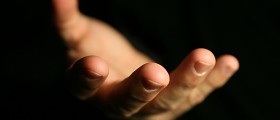


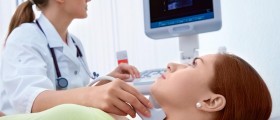
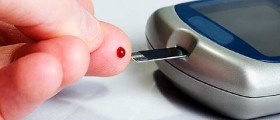
-Causes,-Symptoms,-Diagnosis,-Treatment_f_280x120.jpg)

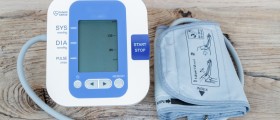


-And-Breathing-Problems_f_280x120.jpg)
Your thoughts on this
Loading...